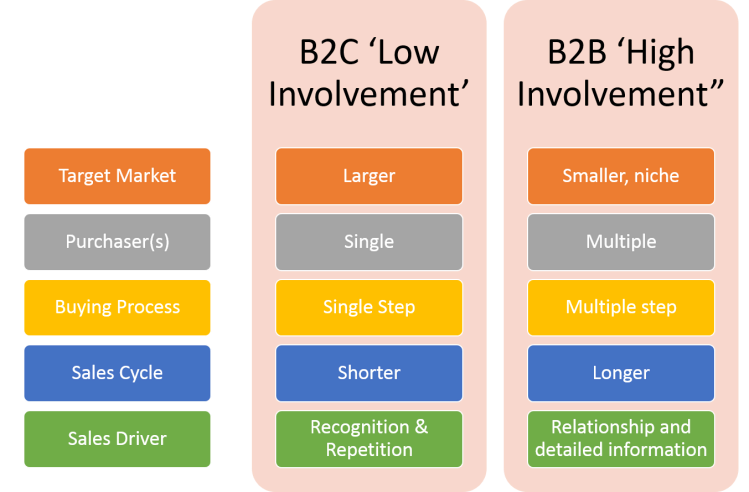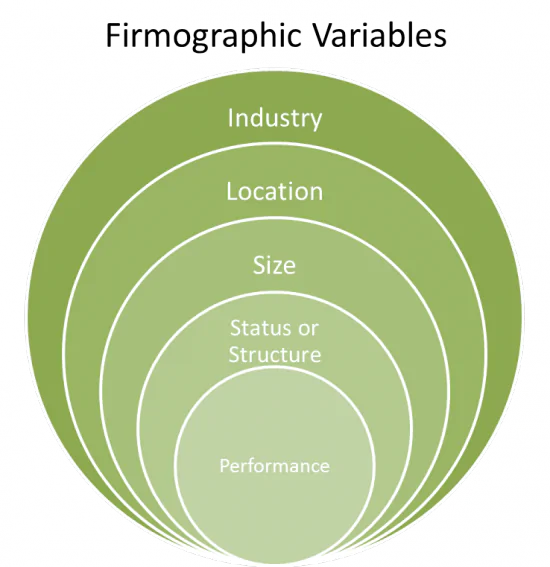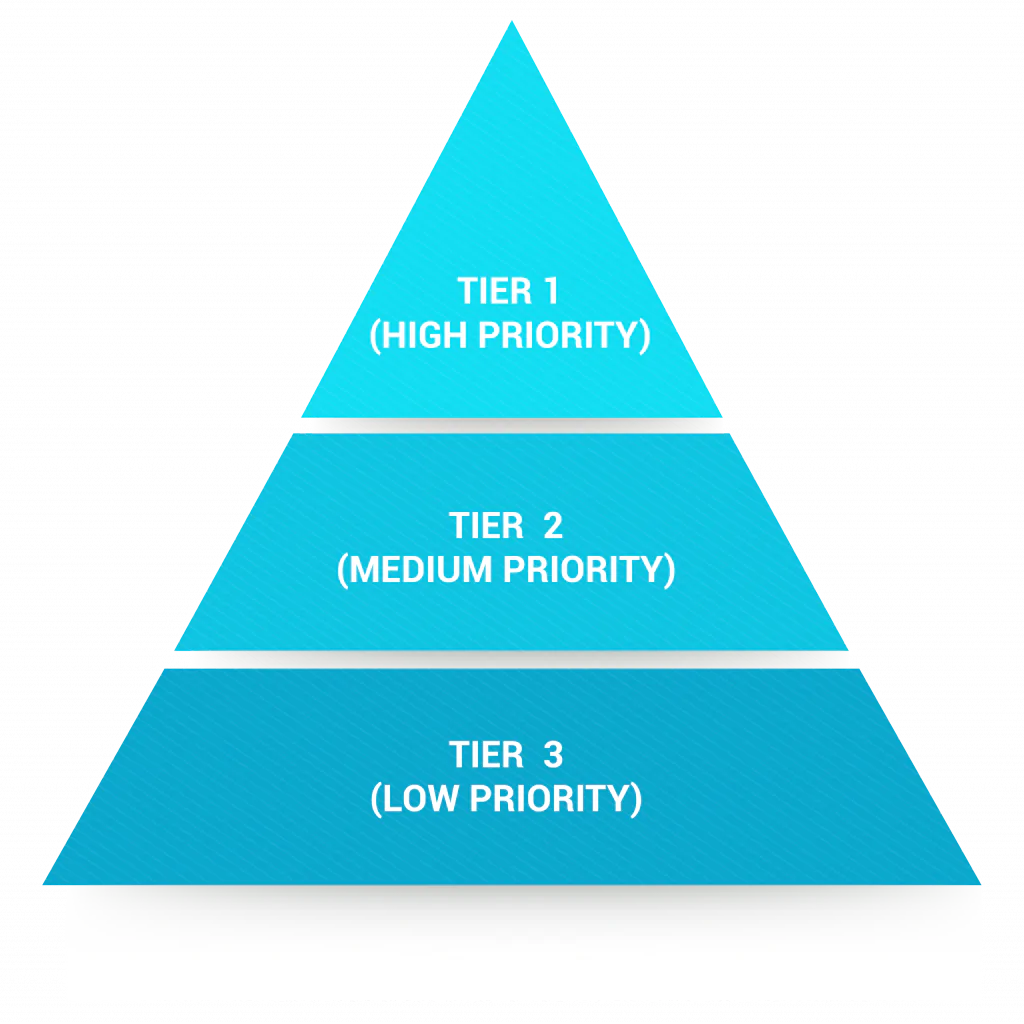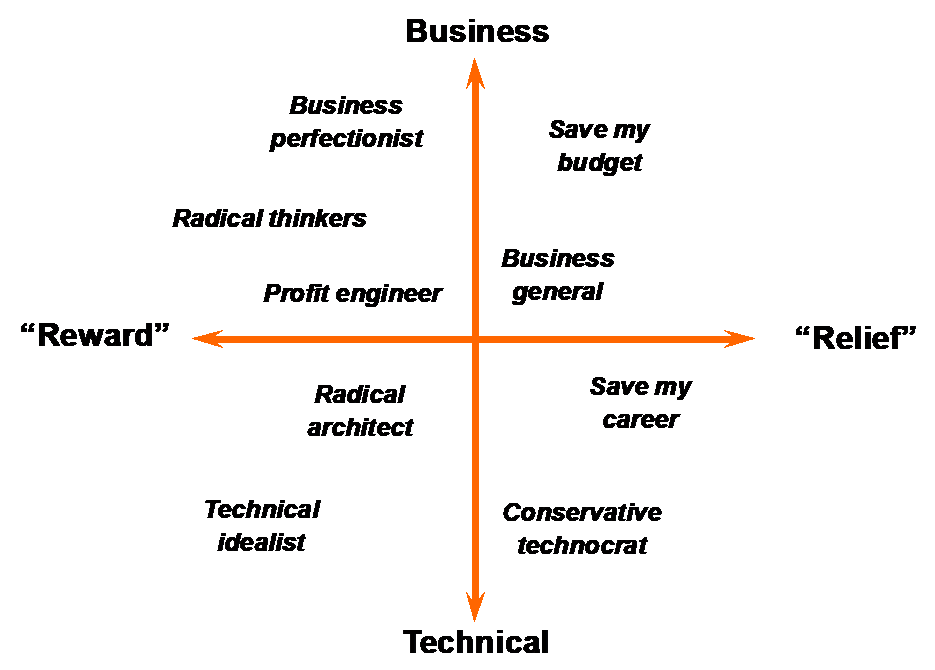In this guide, we will cover how market segmentation in a B2B environment can help your business reach new heights, along with 6 easy methods for B2B segmentation.
These methods have helped well-established brands like Canon increase their market share up to 40% and saved MetLife $800 million by reducing customer acquisition costs.
For this guide, we partnered with experts from some of the top B2B marketing agencies to understand exactly how B2B segmentation works, and why it is so important in the B2B context.
We also cover why B2B segmentation differs from B2C segmentation, some practical segmentation methods for B2B markets, and a short case study to demonstrate how B2B marketing segmentation works in practice.
Ready?
Let’s get right into it!
Accurate B2B segmentation will help you increase revenue from additional sales, and the ROI of your marketing spend.
Audience targeting is essential, but you can further refine your targeting by looking for different segments of your audience based on specific shared characteristics.
Segmenting your target audience into smaller groups allows you to pinpoint the messaging that will be most relevant to them, and where and when to engage with them.
This leads to higher conversion rates, lower customer acquisition costs, and better ROI on your marketing spend.
Market segmentation in a B2B setting is more complex than in a B2C market but it is just as important.
Segmentation has helped brands like Canon tap into newer markets and grab up to 40% of the market share, and MetLife save up to $800 Million in customer acquisition costs.
Segmentation in the B2B environment also offers some unique additional benefits, that make it important for more than just improved sales revenue.
Let’s take a closer look at some of the benefits B2B segmentation:
Take a look at this video by B2B International Market Research for more on the importance of segmenting your customers:
B2B and B2C market segmentation share the same objective of identifying smaller groups within the broader target audience to refine and focus their marketing for those groups.
However, B2B segmentation is a bit more complex due to the unique characteristics of the B2B market, longer sales cycles, and buyers who are more knowledgeable and more involved in the buying process:

Before we move to some practical methods for B2B segmentation, let’s look at some of the things that make B2B segmentation unique:
To see how B2B customer segmentation works in practice, let’s take a look at the following case study, which is one of the best B2B market segmentation examples we have found:
Another interesting case study details how MetLife used B2B customer segmentation methods to reduce their acquisition costs and transform the way they approached their marketing:
MetLife is a well-known insurance and employee benefits company. Back in 2015, it re-imagined all of its branding and customer acquisition strategies by putting customer segmentation to use.
Traditionally, the company had been using simpler segmentation criteria for its corporate clients. Segments were created based on the size of the organization or the number of employees in the company.
Using these criteria gave MetLife only a rough outline of who their customers are but no actual insights on how they could be targeted.
MetLife interviewed and surveyed more than 50,000 of its customers, both individuals and corporate, to collect certain data points.
The segmentation was then redesigned based on sophisticated big data clustering techniques with the help of machine learning algorithms.
For the first time in its history, the company had a clear picture of who its clients were and how the company resources needed to be allocated against the pursuit of the right customers.
The newer segmentation model was based on a mix of demographic, firmographic, behavioral, and needs-based metrics.
The company was able to save up to $800 million in customer acquisition costs over the course of next 5 years.
This segmentation practice was so effective that MetLife took it one step further and started educating its corporate clients on how they could think about their employees through a combination of demographic and psychographic data.
The company’s corporate services now include “helping HR leaders select their benefits and adjust current programs to suit their diverse employees”.
No two customers are the same and each customer should be treated as an individual. Ideally, each segment should consist of exactly one customer and your business services should be optimized for them.
But, realistically, that is not possible so you may put the Pareto Principle in action here.
According to the Pareto Principle, around 20% of your key accounts are responsible for driving 80% of your business.
In most B2B cases, this 20% would amount to just a handful of customers. You can treat these VIP customers as individual segments and provide hyper-personalized services to them.
Identifying your key accounts and assessing their characteristics will also help determine which audience segments that are most likely to bring in the most value.
Demographics take the form of Firmographics when our clients change from individuals to firms.
Firmographics segmentation involves segmenting customers based on shared qualities such as business size, company location, the industry they are operating in, tech adoption rate, and a lot more.
Firmographic segmentation is particularly useful since it is fairly inexpensive.
The cost to collect firmographic data is low and you don’t have to do a lot of research; firmographic information is publicly available in most cases.
Additionally, the information is quite simple to understand and all levels of management understand this model of segmentation.

Firmographic segmentation is used by a lot of firms since it does not require an in-depth understanding of the clients or their purchasing patterns.
However, there is a downside to it. The basic needs of organizations may be similar at a firmographic level, but when it comes to providing customized solutions, this data is of no use.
For instance, you can assume that all companies in the finance industry require bookkeeping software but you can’t tell the average amount each of them is ready to invest in it.
You may use Firmographic segmentation for top-of-the-funnel marketing but for deeper levels, you may require a different B2B customer segmentation framework.
Customer tiering is a process of ranking customers on the basis of their importance for your business.
This importance could be defined by their profitability potential, lifetime value, or simply how well they are aligned with your future goals.

Customer tiering is similar to the key accounts segmentation discussed earlier but the difference is that this type of segmentation covers a lot more than revenue generation potential only.
You may even consider how influential a client is in bringing more clients for your business so that you could focus on this particular client more.
Modern tech-savvy firms even utilize AI and machine learning to calculate the potential value a client holds and then create tiers based on these technologically advanced methods.
The downside, again, is that while customer tiering may show you which clients need more attention, customers are varied, even when they fall on the same tier.
Customers in the same tiers may be very different from each other and to put these insights to use, you may need additional segmentation criteria to further refine your segmentation.
This one is by far the most powerful method of customer segmentation.
Needs-based segmentation clusters audience groups based on their needs, wants, problems or pain points, and on what they normally look for in a product, and why.
This could be a certain feature of the product or any other aspect that guides their purchasing behavior.
This model of segmentation is very accurate and highly scalable. You can identify certain aspects of the products or services you provide and then assign a certain score to each aspect for each of your clients.
You can use surveys to identify what need your product or service addressed for individual clients, do feature request surveys to identify what your customers still need from you, NPS surveys to identify dissatisfied customers and problems you need to address.
The data collection may be challenging and the score-assigning system might require some level of data analytics but the results are incredibly helpful and worth the extra effort.
You can also derive customer needs from what drove them to the product in the first place. For instance, a client could be subscribing to a cloud hosting service to share files across their network.
Another client could be subscribing to the same service to backup important data so that they can recover it easily if needed. Knowing this informs your marketing, and your product development.
Here are some examples of customer needs:

Needs-based segmentation is always recommended for firms that have the resources to conduct it. Otherwise, if you want a simpler framework for segmentation, you could always go for other methods discussed in the article.
Customer sophistication refers to how knowledgeable your clients are and how competently they can judge the quality of your product.
Less sophisticated customers require a more basic version of your pitch, which helps them understand what you are offering and why it is valuable to them.
More sophisticated customers know more about the industry and the product, and they require a detailed and in-depth version of your pitch.
These are the customers who will ask hard questions, and they will need more time and attention from you because they’re much more engaged and involved in the buying process.
You need to put these two types of customers in separate groups and make sure they don’t overlap.
The major risk with using customer sophistication as a basis for segmentation is that marketers try to link it with the size of the business or the industry they are operating in, which is a false assumption.
Also, making faulty assumptions about customer sophistication may lead to pushing customers away instead of bringing them in.
For instance, if you bombard a sophisticated customer with your top-of-the-funnel pitch, they might find it very annoying, whereas a less sophisticated customer might feel out of their depth or overwhelmed if you give them too much information.
As the name suggests, B2B behavioral segmentation looks at the behavior of your customers towards your product or service.
You segment customers on the basis of their interaction with your business and try to figure out if a particular customer has become more interested or disinterested over time.
B2B behavioral segmentation is often used in combination with customer tiering to identify customers who need to be pursued to get greater value out of them. Marketers are able to identify the potential for upselling and increase revenues from individual customers.
Alternatively, the customers who are at risk of churning are given preferential treatment to keep them on board.
B2B customer segmentation is more complex than segmentation in a B2C setting. It can be quite challenging if you’re not familiar with the concepts or methods you need to use but it is well worth your time and investment!
Accurately segmenting your target audience means you can focus and refine all your marketing activities. And you can gain a wealth of useful insights that will aid everything from product development to identifying new areas for expansion and providing better customer experiences!
Today, we have covered everything you need to know to effectively segment your B2B customers, and included one of the best B2B market segmentation examples for you to learn from.
B2B marketing segmentation means finding unique audience groups by understanding the common characteristics between customers. Different market segments are created using different criteria and then these segments are treated very differently with respect to product development, marketing, or sales.
There are various types that B2B marketing segmentation can take. The most used methods include key accounts segmentation, firmographic segmentation, customer needs-based segmentation, customer sophistication-based segmentation, B2B behavioral segmentation, and customer tiering. Read the full guide to learn more about B2B marketing segmentation, and how to do it for your business.
B2B segmentation is extremely important especially in the competitive market of 2024. With the right segmentation strategy in place, you understand your target groups better and cater to their specific requirements in an effective manner.
Sopro.io: The complete guide to b2b market segmentation
Hello-adience: How to conduct a B2B market segmentation
MetLife: A Case Study in Customer Segmentation
Insight to Action: The Case for More Meaningful B2B Market Segmentation
Investopedia: Pareto Principle
Marketing Interactive: How Canon carved a new market segment
Sterling Woods: 10 Stats That Demonstrate the Power of Segmentation
Data Captive: How Important is Market Segmentation in B2B?
Iammoulude: Market Segmentation in B2B Markets
The Wiglaf Journal: What are Firmographics?
Intandemly: Account Segmentation and It’s Importance
Worshipful Company of Marketers: Needs-Based Market Segmentation